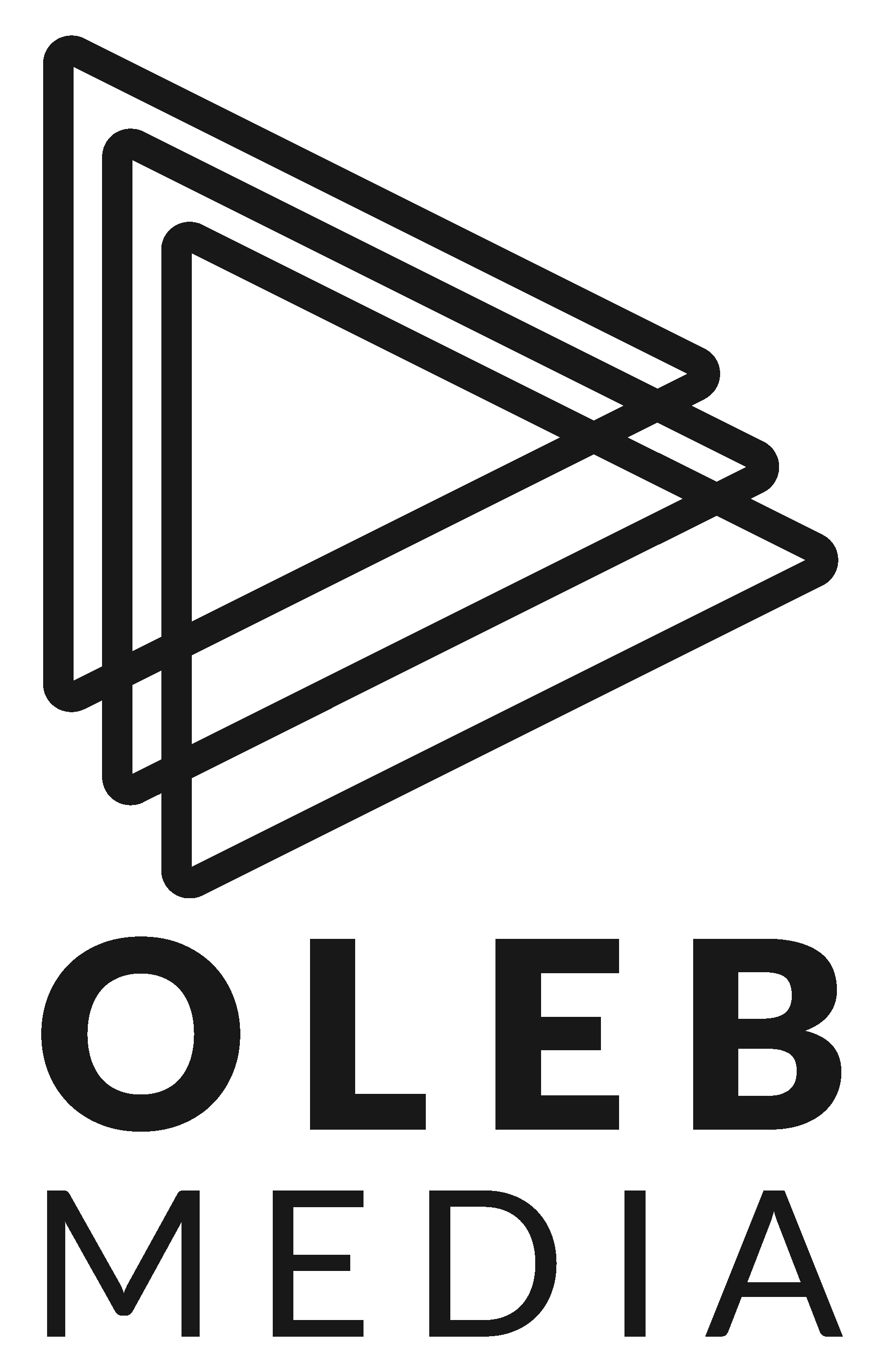The latest smart phone. A new outfit. A great meal. People with disabilities want the same products and services as everyone else — but we’re often overlooked when it comes to advertising. That’s why smart marketers identify people with disabilities as a viable target market with money to spend. Here’s how to get us engaged:
Celebrate with us
People with disabilities are parents, siblings, coworkers, friends and lovers. Just like anyone else, we have birthdays, graduations, anniversaries and other reasons to celebrate. People want to buy us nice things for these occasions. So why not include us as a target demographic for your next holiday marketing campaign?
Be authentic
Every time a commercial profiles people with disabilities, the disability community is quick to notice. Unfortunately, in many cases, it is an actor or model pretending to have a disability; something that doesn’t just irritate many people with disabilities, but also their families and the organizations that support them. Successful ads feature a true person with a disability and story. To ensure disability is being properly represented in your marketing content, companies can consult with nonprofits that support people with disabilities, as well as work with agencies that represent actors and models with disabilities.
Don’t forget about digital inclusion
Whether your marketing content features people with disabilities or not, your content needs to be accessible. For example, podcasts need transcripts, images on websites need alt text, and videos need descriptive audio for the blind and closed captioning for people who are hard of hearing. Digital accessibility is now a field in its own right with scholars, certificates, awards and many conferences. It’s recommended that companies work with an accessibility consulting firm, like Oleb Media, to ensure industry best practices are applied to their marketing campaigns.
Work with influencers with disabilities
There are many influencers with disabilities on social media who are open and willing to promote your products and services to their followers. There are blind photographers on Instagram, wheelchair users with great dancing moves on YouTube, and poets with autism on Facebook. So, your organization has plenty of options for brand ambassadors.
Advertising to people with disabilities may not be your first thought when developing a marketing plan. Yet, because we are often unnoticed by brands, people with disabilities are very responsive and loyal to brands that interact properly with us.

